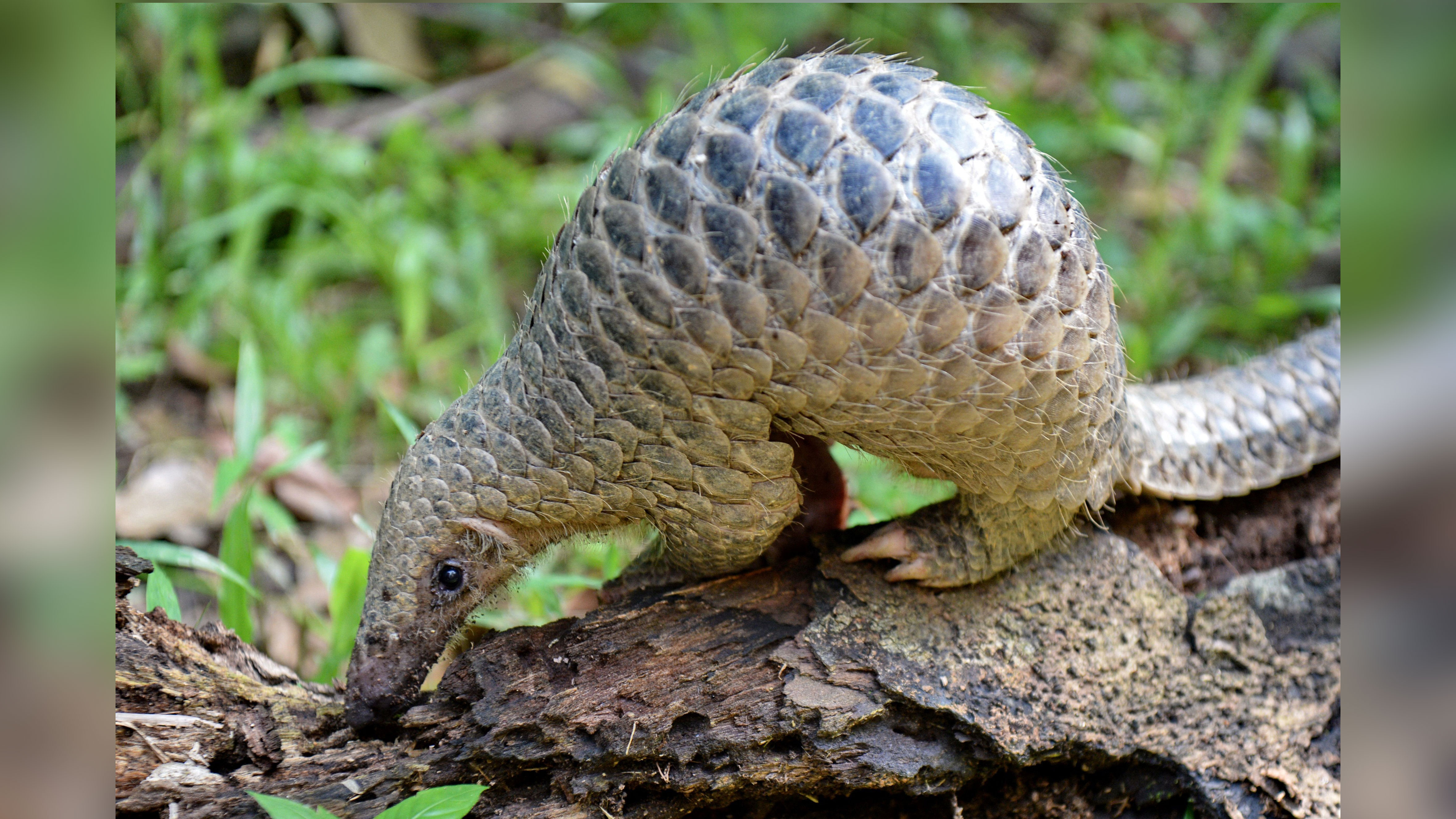
The first ever camera trap study of the Cardamom Mountains in southwest Cambodia has given us an unprecedented peak into the incredible and endangered wildlife that inhabits the region, and has confirmed just how vital camera trap footage is to conservation.
With over 95% of its forests intact, the Cardamom Mountains are some of Southeast Asia’s most pristine expanses of wilderness and have long been considered a safe haven for endangered species.
It also stores a significant volume of carbon, vital in the battle against climate change, and provides an essential watershed downstream for over 30,000 people, sustaining agriculture and fisheries, including Tonle Sap Lake.
A new study undertaken by Conservation International and the Cambodian government involved setting up 147 camera traps in the region between February and December 2023, placed on potential wildlife corridors and around water sources. The devices captured 55,000 videos and 22,000 images.
Sony Oum, Cambodia country lead for wildlife charity Conservation International said:
“The camera trap study provides the scientific evidence needed to create a clear call to action to governments, policy-makers and funders for the continued investment in the protection of this region.”
“The camera trap study provides the scientific evidence needed to create a clear call to action to governments, policy-makers and funders for the continued investment in the protection of this region.”
Researchers and scientists involved say the study confirms the critical conservation value of the Central Cardamom area, where Conservation International has worked with the Chourng and Por Indigenous communities for more than two decades to protect wildlife habitats and support sustainable livelihoods.
With results beyond researchers' wildest dreams, over 100 species of animal were recorded, almost a quarter of which are threatened or endangered. A critically endangered Sunda Pangolin was caught hitching a ride through the jungle on its mothers tail, as well as sun bears, Asian elephants, clouded leopards and Asiatic golden cats among others.
“The findings reveal that the Central Cardamoms Mountain Landscape is still a stronghold for globally threatened species,” says Oum.
“It’s really interesting that this survey was able to detect large Indian civet but there was zero detection of large spotted civet – this warrants further studies to investigate what’s happening to large spotted civets in the landscape. It’s a worry to the scientific community.
"Another surprising fact is that we saw a significant number of wild boars in this survey - as African swine fever wiped out the wild boar population in Borneo in 2021, that’s encouraging to see.”
“The camera trap study provides the scientific evidence needed to create a clear call to action to governments, policy-makers and funders for the continued investment in the protection of this region.”
Researchers and scientists involved say the study confirms the critical conservation value of the Central Cardamom area, where Conservation International has worked with the Chourng and Por Indigenous communities for more than two decades to protect wildlife habitats and support sustainable livelihoods.
With results beyond researchers' wildest dreams, over 100 species of animal were recorded, almost a quarter of which are threatened or endangered. A critically endangered Sunda Pangolin was caught hitching a ride through the jungle on its mothers tail, as well as sun bears, Asian elephants, clouded leopards and Asiatic golden cats among others.
“The findings reveal that the Central Cardamoms Mountain Landscape is still a stronghold for globally threatened species,” says Oum.
“It’s really interesting that this survey was able to detect large Indian civet but there was zero detection of large spotted civet – this warrants further studies to investigate what’s happening to large spotted civets in the landscape. It’s a worry to the scientific community.
"Another surprising fact is that we saw a significant number of wild boars in this survey - as African swine fever wiped out the wild boar population in Borneo in 2021, that’s encouraging to see.”
Take a look at our guides to the best trail cameras, and the best cameras for wildlife photography, and the best binoculars for astronomy, wildlife, and more.







